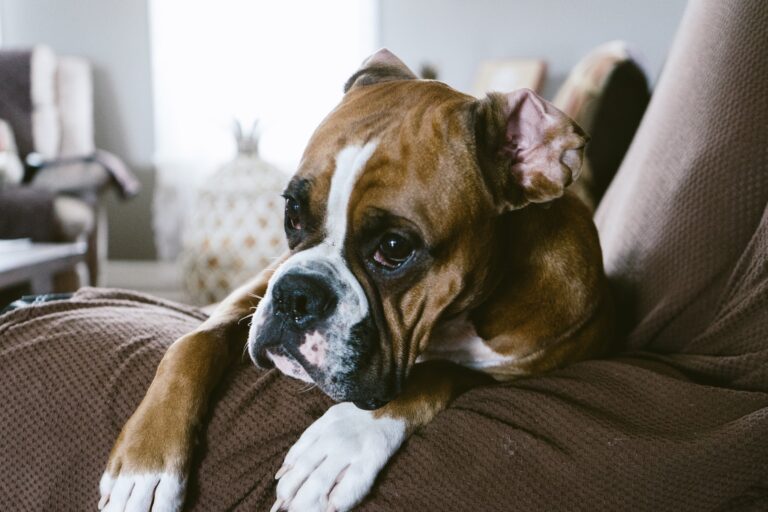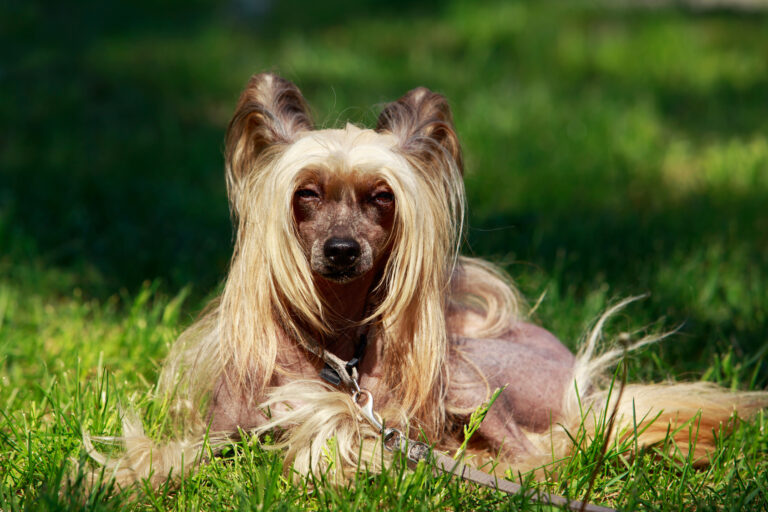Austria is known not only for its castles, Wiener Schnitzel, Mozart, and Arnold Schwarzenegger but also for its fascinating dog breeds. Although none of the Austrian dog breeds are recognized by the American Kennel Club (AKC), they are classified by the Federation Cynologique Internationale (FCI) and the United Kennel Club (UKC). This uniqueness makes them all the more interesting and beautiful.

Alpine Dachsbracke
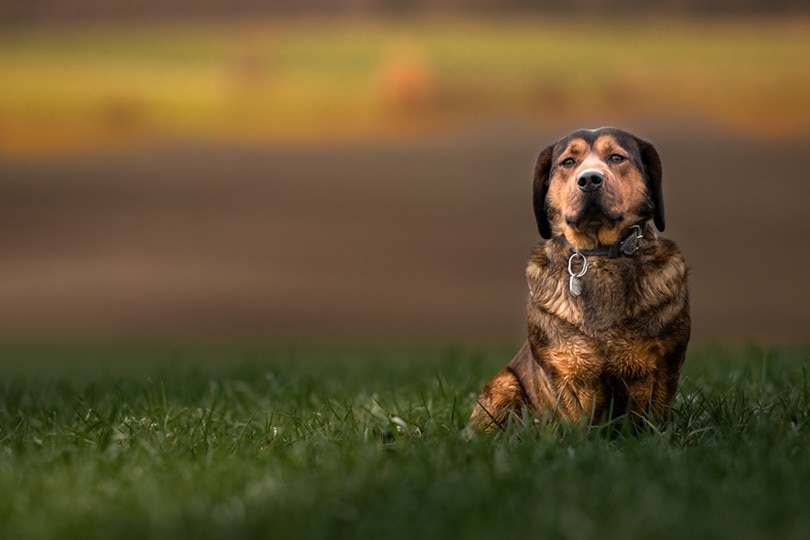
Die Alpine Dachsbracke gehört zur Gruppe der Scenthounds beim UKC und wird von der FCI ebenfalls als Scenthound und Leash (Scent) Hound klassifiziert. Diese Hunde wurden im späten 19. Jahrhundert von Kronprinz Rudolf von Österreichs Wildhütern zur Jagd auf Füchse und Hasen verwendet. Die Alpenländische Dachsbracke ist klein mit kurzen Beinen und einem dichten, doppelschichtigen Fell, das meist dunkelrot oder rostbraun mit schwarzen Abzeichen ist. Sie sind sozial, freundlich und sanft und eignen sich als wunderbare Familienhunde.
Breed Characteristics:
- Size: Small
- Coat: Dense, double-layered coat in dark red or rust with black markings
- Temperament: Social, friendly, gentle, ideal for families

Austrian Black and Tan Dog
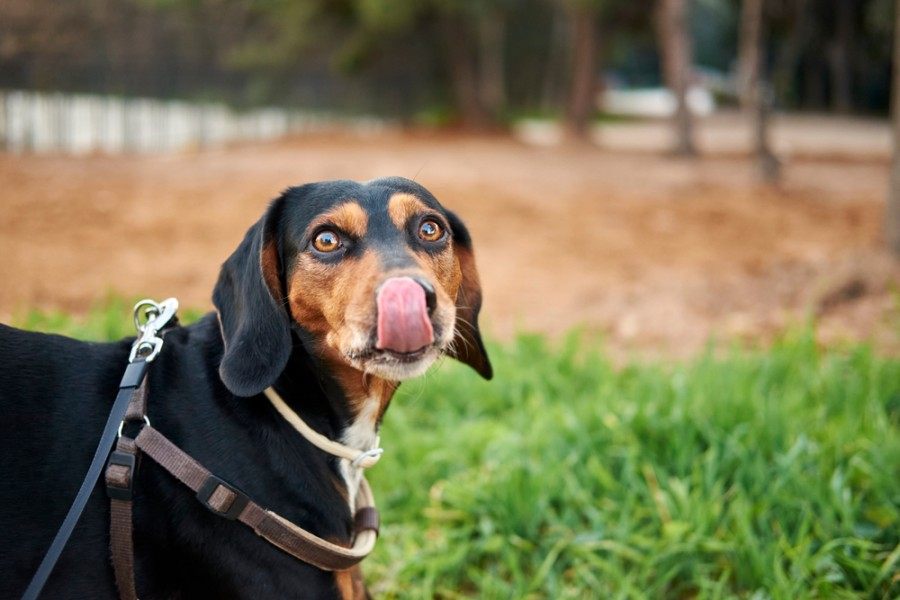
The Österreichischer Schwarz- und Tan-Hund is classified as a Scenthound by both the UKC and the FCI and falls into the medium-sized Scenthound section of the FCI. These dogs are descendants of the Celtic Hound and have been bred for centuries as robust hunting dogs for the challenging terrain and high altitudes of Austria. They are medium-sized with a thick, short, silky coat in black with tan markings. The Österreichischer Schwarz- und Tan-Hund is hardworking and sociable with a strong hunting drive.
Breed Characteristics:
- Size: Medium
- Coat: Short, silky coat in black with tan markings
- Temperament: Hardworking, sociable, strong hunting drive

Austrian Pinscher
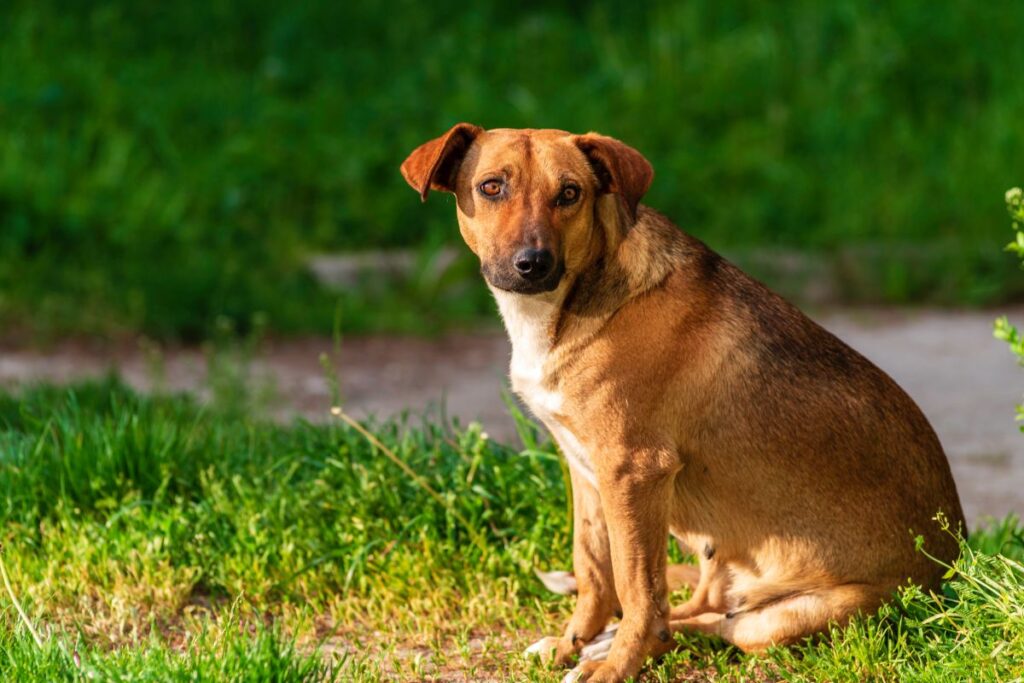
Der Österreichische Pinscher gehört zur Terrier-Gruppe beim UKC und zur Pinscher-Gruppe bei der FCI. Ursprünglich als Bauernhunde im 19. Jahrhundert gezüchtet, wurden sie ab 1921 als Wachhunde, Rattenfänger und Begleithunde eingesetzt. Mittelgroß mit kräftigem Körperbau und einem dicken, kurzen Doppelfell in verschiedenen Farben wie rötlich-golden, stag-rot und schwarz mit tan Abzeichen, sind Österreichische Pinscher ausgezeichnete Wachhunde. Sie sind verspielt, freundlich und mutig und benötigen viel menschliche Gesellschaft.
Breed Characteristics:
- Size: Medium
- Coat: Double coat in various colors
- Temperament: Playful, friendly, brave, needs a lot of human companionship

Styrian Wirehaired Hound
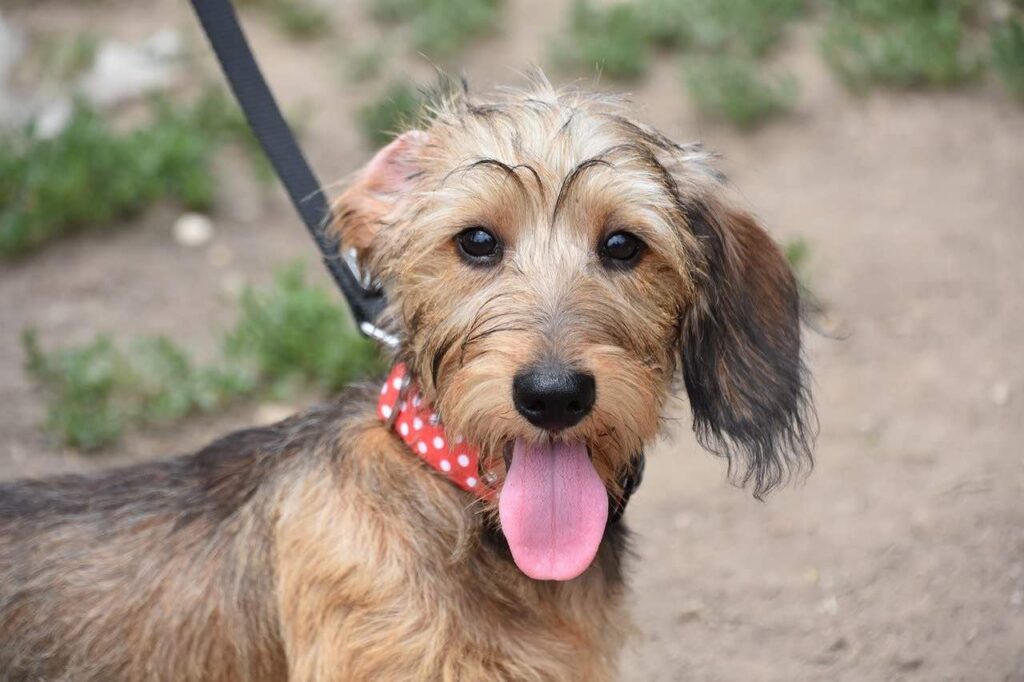
The Steirische Rauhhaarbracke is part of the Scenthound group at the UKC and is also classified by the FCI as a medium-sized dog. It was developed in the 18th century from the crossbreeding of the Hanoverian Scenthound and the Istrian Shorthaired Hound to create the perfect hunting dog. Medium-sized with a rough, red coat and a beard, they were bred for hunting and are less suited for companionship. They have a strong hunting drive and are independent and reserved with strangers.
Breed Characteristics:
- Size: Medium
- Coat: Rough, red coat with a beard
- Temperament: Strong hunting drive, independent, reserved with strangers

Tyrolean Bracke
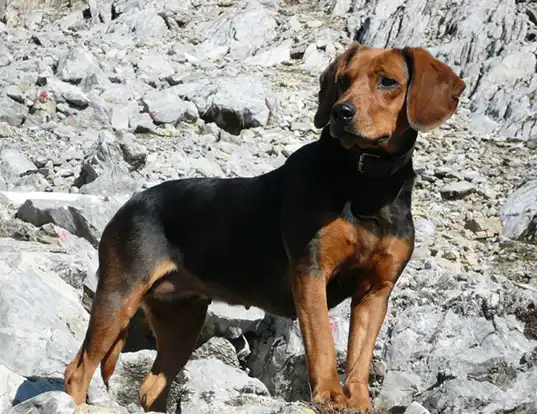
The Tiroler Bracke is classified by both the UKC and the FCI as a Scenthound and medium-sized Scenthound. They also descend from the Celtic Hound and have been used for hunting since the 16th century. They are sturdy, medium-sized with a dense, double-layered coat and additional feathering on the tail. Tiroler Bracken are straightforward, independent dogs that form a close bond with their family but are reserved with strangers and not known for aggression.
Breed Characteristics:
- Size: Medium
- Coat: Dense, double-layered coat with feathering on the tail
- Temperament: Straightforward, independent, reserved with strangers
Conclusion
All of these dogs (with one exception) are classified as Scenthounds and were bred for hunting in the rugged terrains and high altitudes of the Austrian Alps. Perhaps one of these Austrian dogs will be the perfect companion for your family, but keep in mind that these breeds are quite rare in North America.





